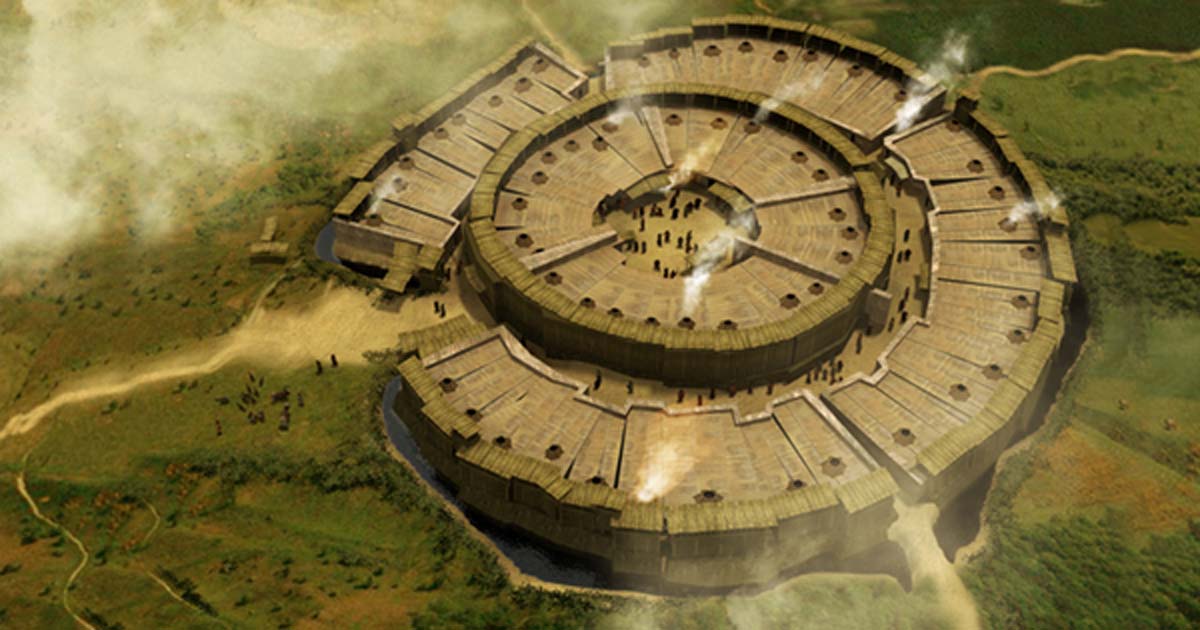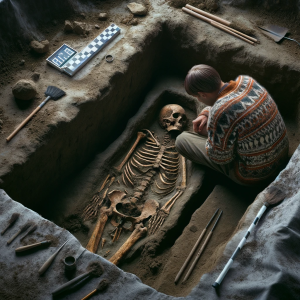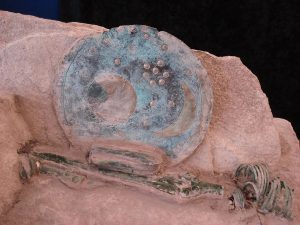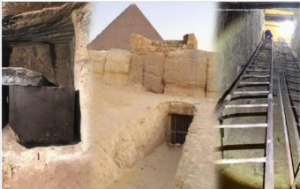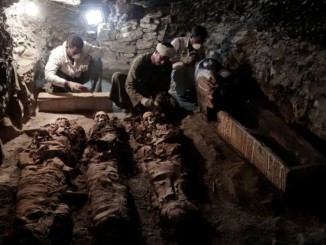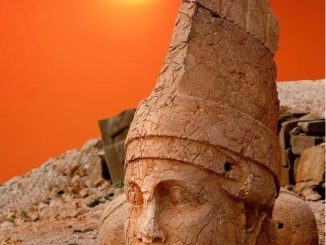Located in the Southern Urals region, Arkaim dates back to the Bronze Age, approximately 4,000 years ago. Its circular layout and intricate design bear resemblance to the more famous Stonehenge in England, leading to comparisons and speculation about its purpose and significance.
One of the most compelling aspects of Arkaim is its advanced urban planning and architectural features, which include a series of concentric rings, defensive walls, and radial streets. This sophisticated layout has led some researchers to propose that Arkaim may have served as an ancient settlement or even a fortified city.
However, the true purpose of Arkaim remains a subject of debate among archaeologists and historians. Some believe that it was a center for ritualistic or religious activities, possibly serving as an astronomical observatory for studying celestial phenomena. Others suggest that it may have been a hub of trade and commerce, connecting distant regions through ancient trade routes.

Adding to the intrigue are the numerous artifacts uncovered at Arkaim, including pottery, tools, and ornaments, offering insights into the daily lives and cultural practices of its ancient inhabitants. Yet, many questions remain unanswered, fueling speculation about the origins and fate of the people who once called Arkaim home.
Despite its significance, Arkaim remains relatively unknown outside of Russia, overshadowed by more famous archaeological sites. However, efforts to preserve and study this ancient marvel continue, driven by a desire to unravel its mysteries and shed light on the rich tapestry of human history.
As researchers delve deeper into the secrets of Arkaim, new discoveries may emerge, offering fresh perspectives on the ancient civilizations that once thrived in this remote corner of the world. Until then, the mysteries of Russia’s Stonehenge remain untold, awaiting further exploration and interpretation.
